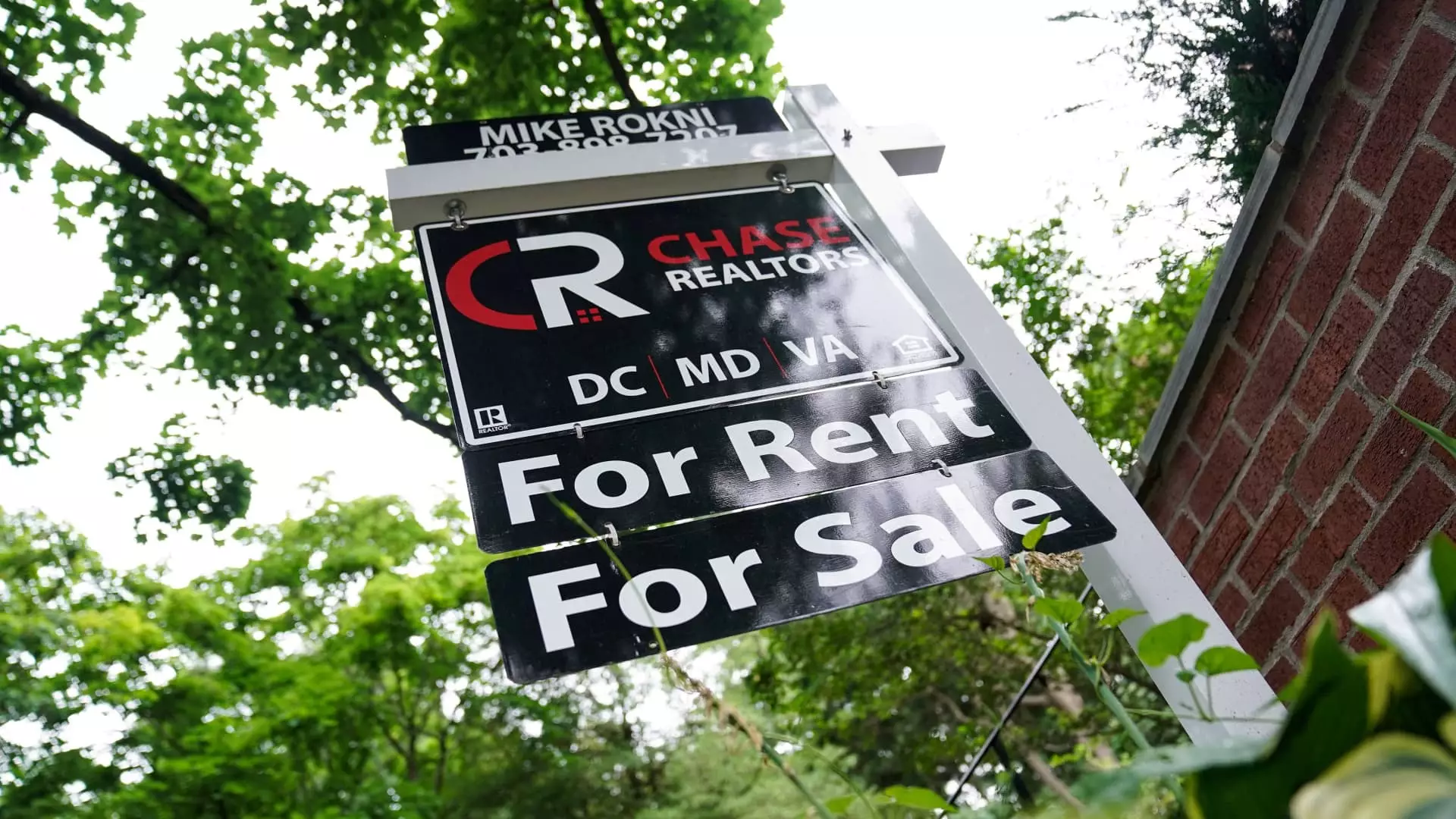In September, the U.S. real estate market experienced a notable decline in the sales of previously owned homes, as reported by the National Association of Realtors. Sales dipped 1% from August, reaching an annualized rate of 3.84 million units—marking the slowest pace since October 2010. This decline is particularly concerning as it also represents a 3.5% decrease from September of the previous year. Such trends indicate persistent challenges in the housing market, with sales dwindling in three of four regions across the country while only the Western region managed to record gains.
The fluctuation of mortgage rates has undoubtedly affected buyer decisions and overall market dynamics. Starting off July near 7%, mortgage rates saw a gradual decline, dipping just below 6.5% by August. Compared to a year prior, rates are over a full percentage point lower, which typically signals an increase in home buying activity. However, despite these more favorable rates, sales have stagnated, underscoring a complex interplay of economic factors at play that may be limiting buyer confidence.
A slight uptick in inventory was noted in September, with the number of homes available for sale rising by 1.5% to 1.39 million. This increase equates to a 4.3-month supply based on current sales figures and is a 23% increase compared to the same month last year. More homes on the market generally suggest positive prospects for buyers, offering them more choices as they navigate their purchasing decisions. However, it’s essential to point out that the inventory mainly consists of non-distressed properties, as the mortgage delinquency rate remains low, turning distressed sales into a rare occurrence—accounting for only 2% of transactions this past September.
Despite an increase in available inventory, rising home prices continue to challenge buyers. The median price for an existing home reached $404,500 in September, reflecting a year-over-year increase of 3%. This marks the 15th consecutive month of price gains, indicating that the pressure on housing prices remains robust even amid fluctuating sales figures. The predominance of cash transactions also highlights a shift in the buying landscape, with cash sales comprising 30% of transactions in September, compared to around 20% prior to the COVID-19 pandemic. Notably, however, the proportion of investor purchases saw a slight decrease, suggesting a potential shift in market investment strategies.
As we close in on the final months of the year, the participation of first-time home buyers has also seen a pullback, contributing to their representation of just 26% of total sales in September. This declining interest raises questions about the overall sentiment of new entrants in the housing market, particularly in light of ongoing economic challenges. With homes sitting on the market for an average of 28 days—up from 21 days a year prior—it remains critical to consider how changing buyer demographics and economic indicators will shape the future of the real estate market as we head into 2024.
In summation, while there are certain positive signs in terms of inventory growth, the combination of low sales figures, rising prices, and shifting buyer demographics paints a complex picture for the U.S. housing market moving forward.

